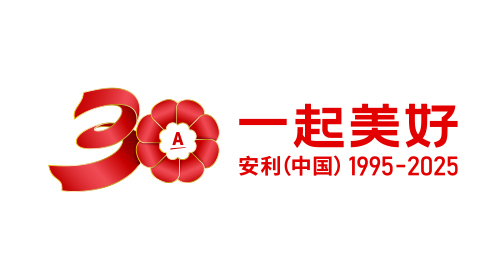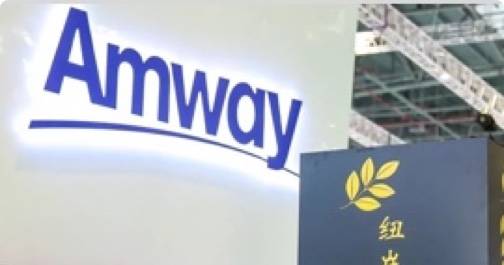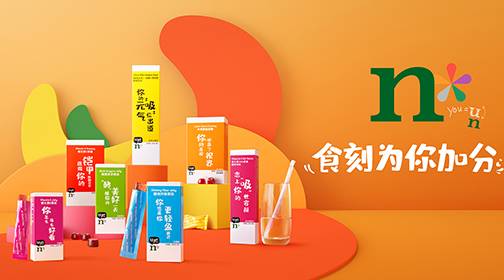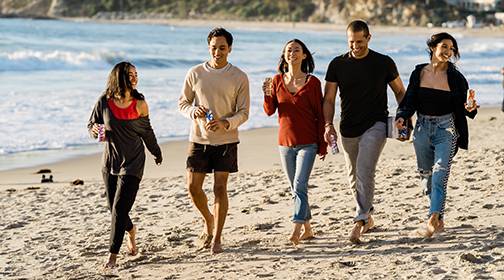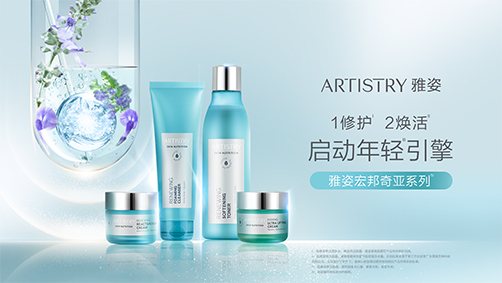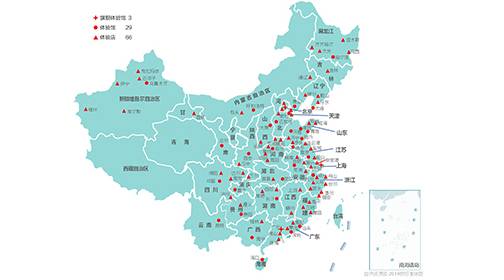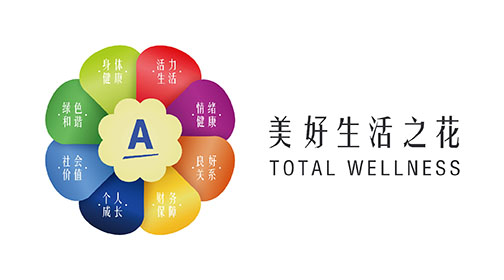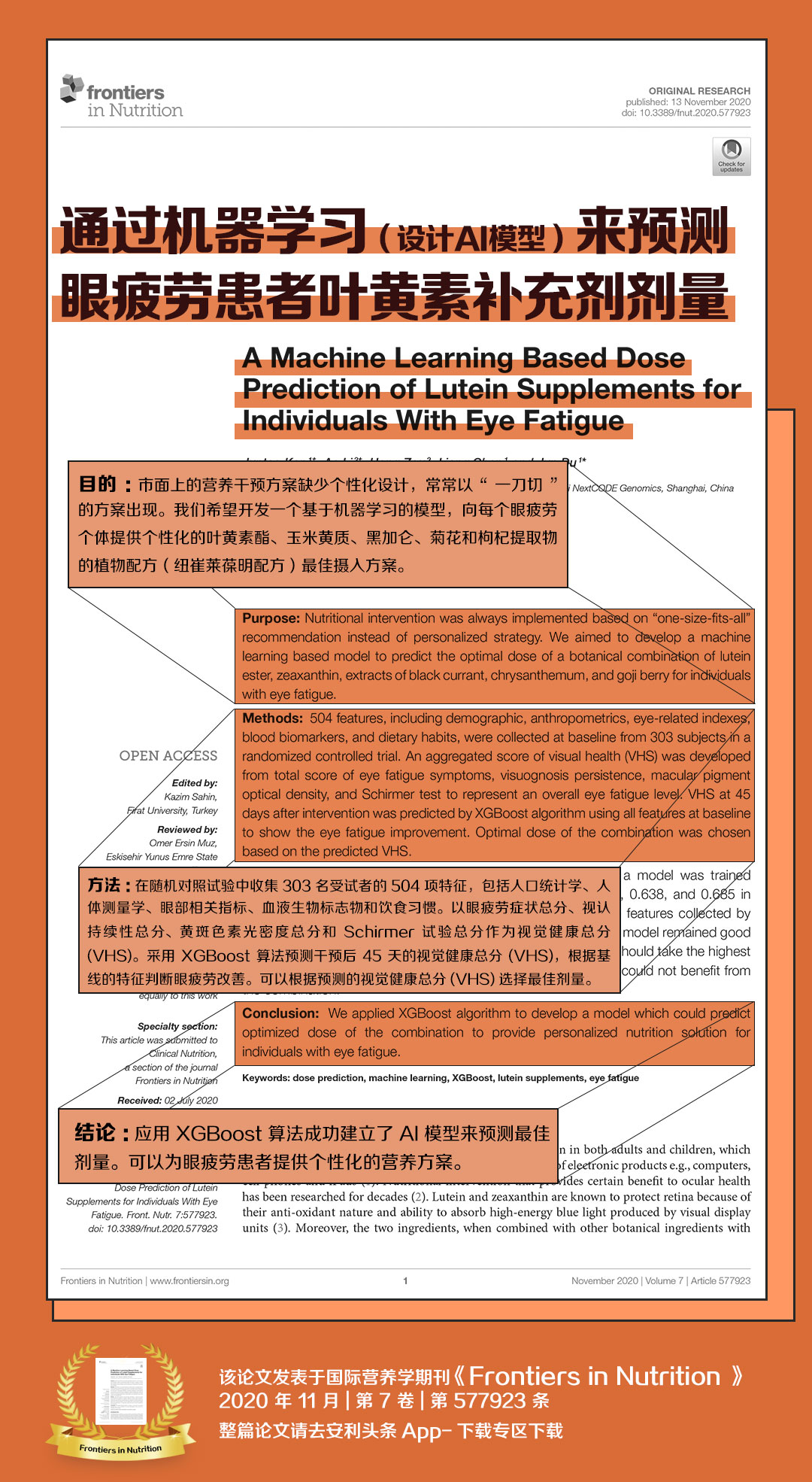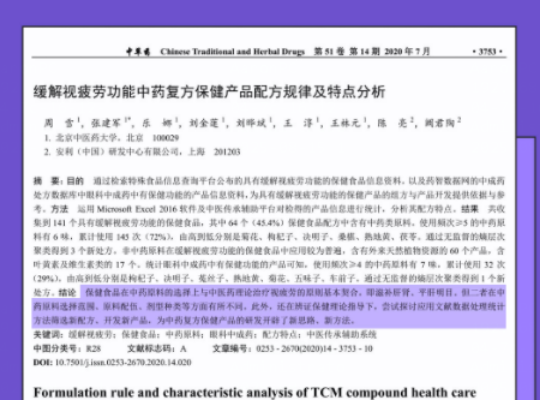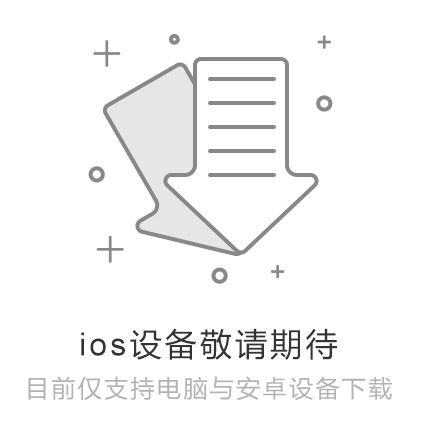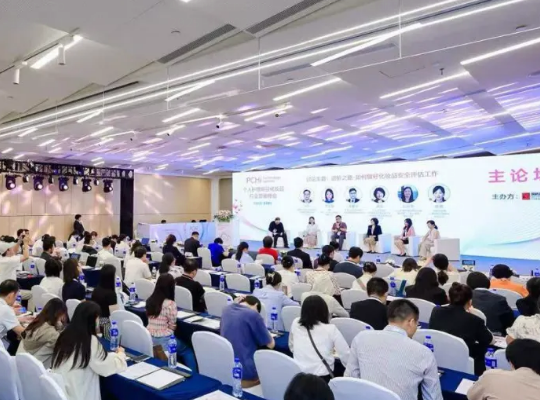
2025.06.06
怎样设计一个AI模型来为每个人提供个性化叶黄素摄入方案?
由于市面上的营养干预方案缺乏个性化设计,纽崔莱健康研究院通过一项包含303名受试者的临床试验,利用机器学习方法建立预测模型来尝试为每位受试者提供量身定制的叶黄素补充方案。纽崔莱健康研究院的阚君陶博士在影响因子高达6.576的FrontiersinNutrition杂志发表以下论文。六年潜心研究,只为给你呈上最优质的营养。
KanJ,LiA,ZouH,etal.Amachinelearningbaseddosepredictionofluteinsupplementsf
orindividualswitheyefatigue[J].FrontiersinNutrition,2020,7.
通过机器学习(设计AI模型)来预测眼疲劳患者叶黄素补充剂剂量
目的:市面上的营养干预方案缺少个性化设计,常常以“一刀切”的方案出现。我们希望开发一个基于机器学习的模型,向每个眼疲劳个体提供个性化的叶黄素酯、玉米黄质、黑加仑、菊花和枸杞提取物的植物配方(纽崔莱葆明配方)最佳摄入方案。
方法:在随机对照试验中收集303名受试者的504项特征,包括人口统计学、人体测量学、眼部相关指标、血液生物标志物和饮食习惯。以眼疲劳症状总分、视认持续性总分、黄斑色素光密度总分和Schirmer试验总分作为视觉健康总分(VHS)。采用XGBoost算法预测干预后45天的视觉健康总分(VHS),根据基线的特征判断眼疲劳改善。可以根据预测的视觉健康总分(VHS)选择最佳剂量。
结论:应用XGBoost算法成功建立了AI模型来预测最佳剂量。可以为眼疲劳患者提供个性化的营养方案。
该论文发表于国际营养学期刊《Frontiers in Nutrition》2020年11月|第7卷|第577923条
整篇论文请去安利头条App下载专区下载
Frontiers in Nutrition
原创研究
通过机器学习(设计AI模型)来预测眼疲劳患者叶黄素补充剂剂量
A Machine Learning Based Dose Prediction of Lutein Supplements for Individuals With Eye Fatigue
目的:市面上的营养干预方案缺少个性化设计,常常以“一刀切”的方案出现。我们希望开发一个基于机器学习的模型,向每个眼疲劳个体提供个性化的叶黄素酯、玉米黄质、黑加仑、菊花和枸杞提取物的植物配方(纽崔莱葆明配方)最佳摄入方案。
Purpose: Nutritional intervention was always implemented based on "one-size-fits-all" recommendation instead of personalized strategy. We aimed to develop a machine learning based model to predict the optimal dose of a botanical combination of lutein ester, zeaxanthin, extracts of black currant, chrysanthemum, and goji berry for individuals with eye fatigue.
Methods: 504 features, including demographic, anthropometrics, eye-related indexes, blood biomarkers, and dietary habits, were collected at baseline from 303 subjects in a randomized controlled trial. An aggregated score of visual health (VHS) was developed from total score of eye fatigue symptoms, visuognosis persistence, macular pigment optical density, and Schirmer test to represent an overall eye fatigue level. VHS at 45 days after intervention was predicted by XGBoost algorithm using all features at baseline to show the eye fatigue improvement. Optimal dose of the combination was chosen based on the predicted VHS.
方法:在随机对照试验中收集303名受试者的504项特征,包括人口统计学、人体测量学、眼部相关指标、血液生物标志物和饮食习惯。以眼疲劳症状总分、视认持续性总分、黄斑色素光密度总分和Schirmer试验总分为视觉健康总分(VHS)。采用XGBoost算法预测干预后45天的视觉健康总分(VHS),根据基线的特征判断眼疲劳改善。可以根据预测的视觉健康总分(VHS)选择最佳剂量。
Conclusion: We applied XGBoost algorithm to develop a model which could predict optimized dose of the combination to provide personalized nutrition solution for individuals with eye fatigue.
结论:应用XGBoost算法成功建立了AI模型来预测最佳剂量。可以为眼疲劳患者提供个性化的营养方案。
Keywords: dose prediction, machine learning, XGBoost, lutein supplements, eye fafigue
该论文发表于国际营养学期刊《Frontiers in Nutrition》2020年11月|第7卷|第577923条整篇论文请去安利头条App下载专区下载

